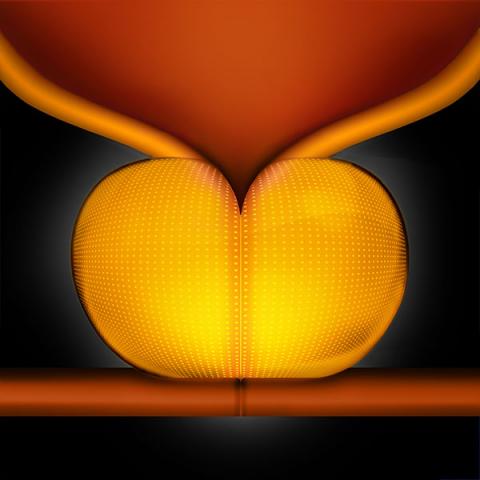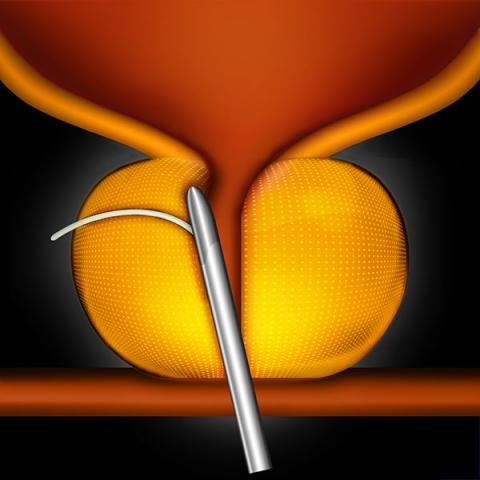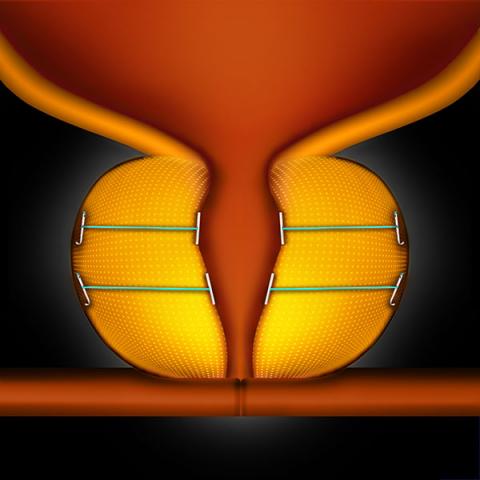What is the Urolift® procedure?
The Urolift® procedure is a new technique that “pins” open the prostate to relieve the symptoms caused by an obstructing prostate.
Are there advantages?
Many men cannot tolerate medication or find that it is not effective in relieving their symptoms. The Urolift® has been proven to be a safe and effective alternative that can lead to more symptom improvement than medication. It also has the advantage over surgery in that recovery is faster and, as no prostate tissue is removed there is no effect on any sexual function.
How is it performed?



The Urolift® procedure is usually performed as day surgery. You will usually be given a “light” general anaesthetic, though occasionally a spinal anaesthetic is used – your anaesthetist will discuss this with you prior to the procedure.
A cystoscope (telescope) is introduced into the bladder to allow inspection of both the prostate and bladder to ensure there are no other problems. Using a special delivery system a varying number of implants (pins) are positioned to open the prostate and relieve the blockage.
The majority of men pass urine once they recover from their anaesthetic, though on rare occasions they might experience difficulty (due to swelling from the operation) and need a catheter for a day or two.
What should I expect after going home?
For a few days after your procedure, it is normal to experience any of the following:
-
A mild burning when you pass your urine.
-
A need to pass urine more frequently, and occasionally more urgently than you usually do.
-
Some blood in the urine.
All usually settle quite rapidly without the need for any treatment.
What can I do to help?
-
Drink plenty of water.
-
Take Ural or Citravescent in a glass of water 4 times a day.
-
Take 2 Panadol every 4 hours.
-
Take any antibiotics you have been prescribed.
-
Avoid constipation.
Are there any possible side effects?
Most procedures are straightforward; however as with any surgical procedure there is a chance of side effects or complications. Most of these side effects are often mild and transient.
Relatively Common
-
Mild bleeding or a burning sensation on passing urine for a short time after the procedure (usually resolves by 2 weeks).
Very Occasional
-
Temporary insertion of a catheter (tube passed through the urethra to empty your bladder) after the procedure.
-
Urine infection requiring antibiotics.
Rare
-
Delayed bleeding requiring removal of clots or further surgery.
-
Injury to urethra causing delayed scar formation (urethral stricture).
-
Formation of stones in the bladder (<1%).
